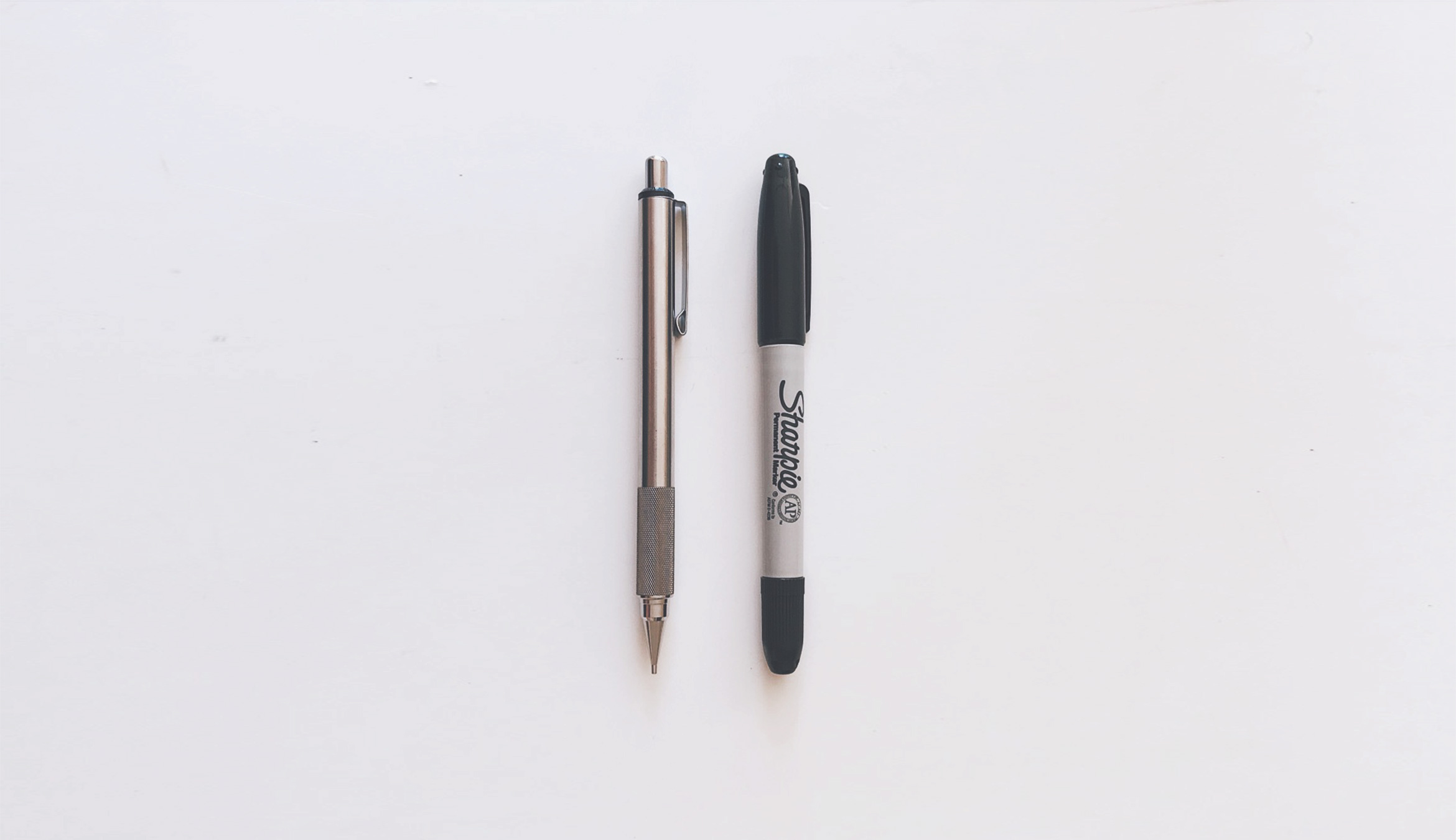Over the past year, I’ve had countless conversations about how design fits into this new AI-driven world — or how AI fits into our design process. We’ve talked about the importance of knowing enough to be dangerous, and the need to continuously learn and explore new tools.
About a month ago, I started experimenting with Lovable and created a quick demo to highlight its capabilities. Lovable’s strength isn’t about replacing design by instantly generating a working prototype — it’s about creating a prototype that builds intent.
This intent helps us convey interactions, ideate, test, share ideas, align stakeholders, and hand off more effectively to engineering. What traditionally took months can now happen in weeks.
Over the last few months, my team has been incorporating AI into our workflows to increase productivity, improve efficiency, and amplify our impact.
We are entering a future where AI isn’t just something we design for — it’s something that actively supports the design process itself.
I see this as the natural evolution of design workflows — not replacing Figma or designers, but adding another tool that helps us move faster, think smarter, and focus more effectively.
AI can accelerate exploration, reduce uncertainty, and help us invest our time where it matters most — without spinning our wheels on the unclear or unknown.
By exploring tools like GitHub Copilot, Copilot, ChatGPT, Perplexity, Flora, Lovable.dev, Cursor, and more, we embrace a growth mindset: encouraging curiosity, discussion, and continuous skill development. Staying engaged with these innovations ensures that we lead the future of design, rather than simply reacting to it.
Even if teams aren’t fully adopting AI-driven design today, staying informed keeps us ahead of the curve.
It’s about understanding what’s possible — so we can shape what comes next.
Read the post on Medium and subscribe


No comments.